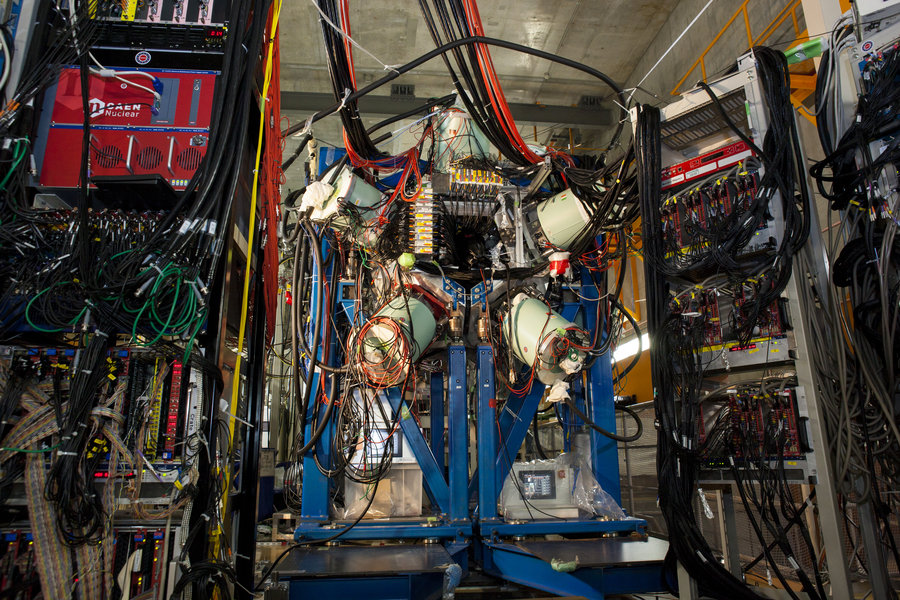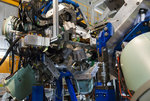Where protons and neutrons like each other most — GSI/FAIR scientists take part in experiment in Japan
05.06.2024 |
An international research team including scientists from GSI/FAIR has succeeded for the first time in investigating the isospin dependence of effective charges in excited states of cadmium in experiments at the RIKEN accelerator facility in Japan. The results of the measurements have now been published in the journal Physical Review Letters.
Bare protons and neutrons have charges of +1 and 0, respectively. However, in most theoretical models of the atomic nucleus, empirically determined effective nucleon charges have to be used instead to calculate electromagnetic transition probabilities. The reason: Due to computational limitations, often only a limited number of particles can be considered, rather than explicitly treating for each of them the influence of all the other protons and neutrons in the nucleus of interest.
Already nearly fifty years ago, these effective charges were predicted to depend on the isospin, i.e., the relative number of protons and neutrons in the nucleus. The present work presents the first clear evidence for such a dependence based on new experimental information for the two semi-magic cadmium nuclei 98Cd and 130Cd. These nuclei span the entire N = 50-82 major neutron shell, reaching from N≈Z to the very neutron-rich side of the nuclear chart, and feature excited states of exceptionally pure structure. They therefore offer the cleanest laboratory experimentally accessible for such a study.
The experiment was conducted at the Radioactive Isotope Beam Factory (RIBF) of the RIKEN Nishina Center in Japan. The neutron-rich cadmium nuclei were produced by projectile fission of uranium nuclei on a beryllium target and identified by the BigRIPS separator. The gamma rays emitted following the decay of isomeric states were measured in the EURICA detector setup. EURICA consisted of European high-resolution Ge detectors, which at that time were lent to RIBF and currently are used in DESPEC experiments during FAIR Phase 0.
The result of this experiment, namely the empirical parametrization of the isospin dependence of the effective charges, will significantly improve the reliability of theoretical predictions towards the heavy neutron-rich region of the nuclear chart in which experimental information is scarce. (CP)














